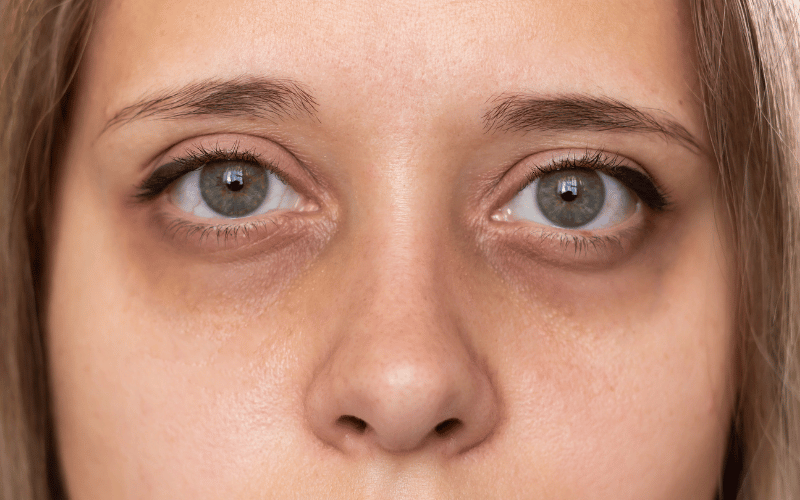Symptom 3: Eye Twitching

We’ve all experienced that odd, uncontrollable twitching in our eyelids at some point. Commonly associated with fatigue, stress, or caffeine overconsumption, eye twitching, also known as myokymia, usually resolves itself once the trigger is eliminated. However, when eye twitching persists, it may be a symptom of something more severe, such as blepharospasm.
In blepharospasm, the twitching is chronic and often occurs without an identifiable trigger. The twitching or spasms may begin in one eye and then gradually involve both eyes. It may be more pronounced during certain activities, such as reading, watching television, or under bright lights.
The involuntary twitching can cause the eyelids to clamp down, shutting the eye. It can disrupt visual tasks, causing difficulties in performing everyday tasks such as driving, reading, or even walking. It can also lead to social discomfort and increased anxiety, further exacerbating the condition.
Persistent eye twitching, especially when associated with other symptoms such as increased blinking or eye irritation, is a significant indicator of blepharospasm. Although it’s easy to dismiss it as a simple eye twitch, chronic eye twitching should not be overlooked and requires further evaluation. (3)